Girls on Film: 10 horror movies you probably didn't know were directed by women
The horror genre has a reputation for sexism — but plenty of female filmmakers have left their indelible stamps on it
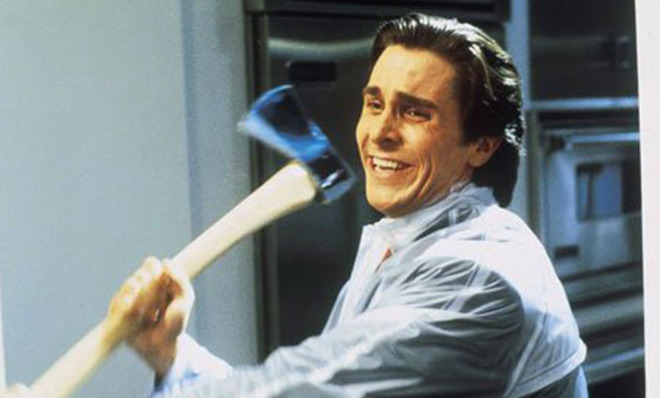

From Mary Shelley's Frankenstein to the rise of the Final Girl, women have been instrumental in the development of the horror genre on both page and screen — though their successes have often been obscured by heaps of torture porn and barely-clothed revenge scenarios.
Nevertheless, the women behind some of horror's most enduring hits are there, lurking in the shadows. We've been treated to Anne Rice's vampires, Debra Hill's work as producer and co-writer on Halloween, Claire Denis finding Trouble Everyday, and David Lynch's daughter Jennifer looking into Surveillance and Boxing Helena. We've watched girls struggle with mother-daughter bonding and menstruation (Carrie), dark forces striving to control the female body (Rosemary's Baby), and hairy female puberty (Ginger Snaps).
There are also many female filmmakers who have made their stamp on the genre. Some we remember; others we often forget. In honor of Halloween, here are 10 notable horror films (and thrillers) directed by women. They offer visual awe, genuine fear, and a mixture of stereotypical and progressive forays into all things chilling and bloody. Read on, dim the lights, and have a Happy Halloween!
The Week
Escape your echo chamber. Get the facts behind the news, plus analysis from multiple perspectives.

Sign up for The Week's Free Newsletters
From our morning news briefing to a weekly Good News Newsletter, get the best of The Week delivered directly to your inbox.
From our morning news briefing to a weekly Good News Newsletter, get the best of The Week delivered directly to your inbox.
1. The Hitchhiker (1953)
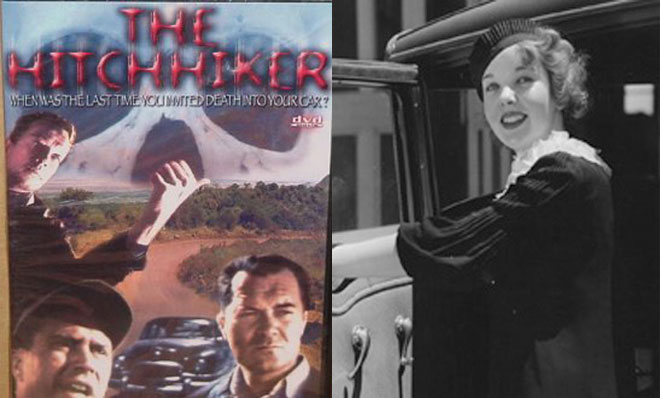
By today's standards, Ida Lupino's The Hitchiker is downright tame. Two men on a fishing trip pick up a hitchhiker, only to find that he's a psychopathic murderer who then holds them hostage as he attempts to flee the country. This is a thriller with no gore, and even the death count was lessened to meet the era's ever-stringent Production Code. Nevertheless, the film toys with fear and desperation as a fictional form, as well as a scenario that feels frighteningly plausible (and for good reason: The Hitchhiker was inspired by the true story of convicted murderer Billy Cook). It's the psychological noir counterpart to the monster movies of the thirties and forties — one that plays with the horror of tension rather than monstrous visuals.
A "one-woman New Wave movement," as TCM deemed her, director Ida Lupino was an anomaly in Hollywood — an actress who became a notable filmmaker, and the only female member of the Director's Guild in the late forties and early fifties.
2. American Psycho (2000)
A free daily email with the biggest news stories of the day – and the best features from TheWeek.com
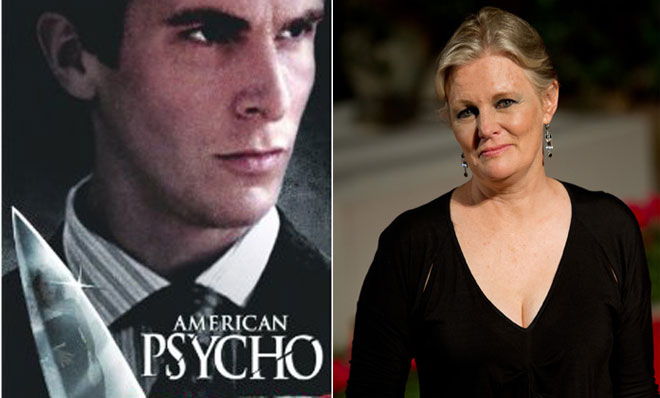
Mary Harron's American Psycho almost didn't happen. After she enticed the studio with her treatment of Bret Easton Ellis' controversial novel (which she co-wrote with Guinevere Turner), some of the biggest male names in the biz — Oliver Stone and Leonardo DiCaprio — were primed to take over. That is, until public pressure pushed the recent Titanic star to jump ship. Harron got the project back, and Christian Bale became the body-obsessed, pop culture-centric Patrick Bateman. In her hands, some of the horror was excised to not only relish in the blood of the scene that remained, but also the black comedy and social commentary of the original novel. Harron challenged Bateman's methods of objectification and played with notions of gaze and vanity as the blood flows and the pop songs play.
Harron returned to horror with the 2011 film The Moth Diaries, but unfortunately, it pales in comparison to her cult classic.
3. Silent House (2011)
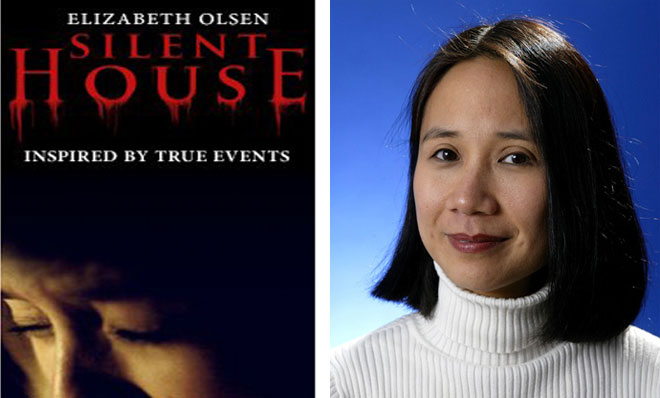
Just a few months after Elizabeth Olsen made a name for herself with Martha Marcy May Marlene, she hit mainstream screens with Laura Lau and Chris Kentis' Silent House. The film, which follows a girl who gets trapped in an old home that seems to be haunted, is a remake of the 2010 Uruguayan horror film, and follows the same technical style that made its predecessor a success: Super-long takes that make the film seem like one long, real-time cut that never ends. The viewer can't anticipate the film jumping to something else to relieve tension. They are stuck in the house's horror, just like Olsen's Sarah.
Silent House became Lau's directorial debut after her work as cinematographer on Kentis' earlier thriller Open Water.
4. Pet Sematary (1989)
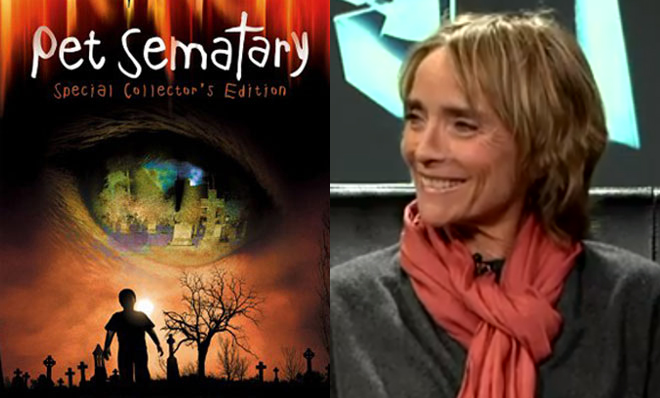
Stephen King adapted his own novel for Mary Lambert's camera, which follows the Creed family as they move to a scary Maine town and face all manner of horror. A pet cemetery and Micmac burial ground rest behind their new home, which leads the family to revive their cat, and then their young son Gage, to disastrous effect. The film is a mid-range King adaptation that never rises to the heights of classics like Carrie and The Shining, but it also marked the beginning of at least one television or film adaptation of King every year since.
Though she jumped into horror cinema after directing Madonna videos, including the controversial "Like a Prayer," the genre wasn't a brief detour for Lambert. She continues to direct horror films, thrillers, and even turns the macabre humor of Pet Sematary all the way up to 11 with her recent foray into the ridiculous: Mega Python vs. Gatoroid.
5. Amer (2009)
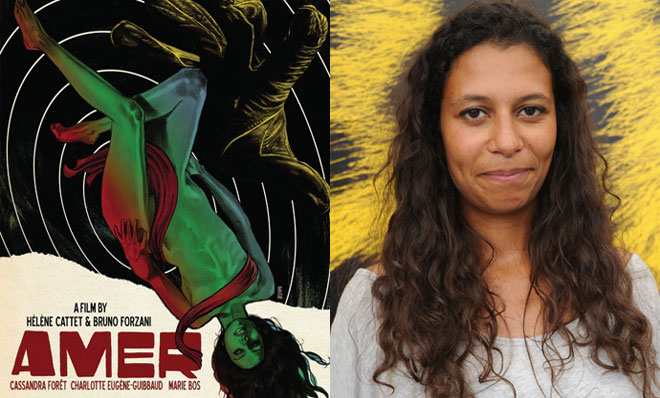
A Belgium/France co-production, Amer is pure arthouse giallo that thrusts the viewer back into a sixties-style tale of one woman's sexual development and fear as a child, teen, and adult. Instead of using a cohesive narrative, filmmakers Hélène Cattet and Bruno Forzani use close-ups and sound to play with matters of terror and curiosity. The horror taps into real danger and mythic doom, but really relishes in the terror the mind can create from both the terrifying and the mundane as Cattet and Forzani play not only with giallo tropes, but also nods to arthouse films like Un Chien Andalou.
The filmmakers return to the theme this year with The Strange Color of Your Body's Tears, which is currently making rounds on the festival circuit.
6. The Slumber Party Massacre (1982)
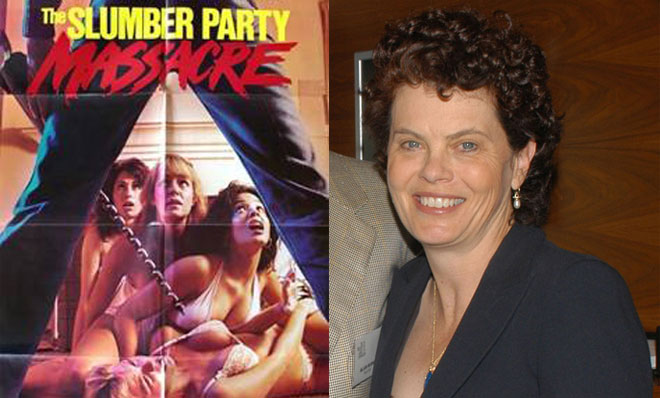
There is no feminism to be seen in Amy Holden Jones' The Slumber Party Massacre, though it was written by noted feminist writer Rita Mae Brown. Her parody of the genre was changed into a straight horror film that sees a prison escapee terrorize and murder a collection of slumber party attendees and the poor delivery boys and passersby who enter the vicinity. The "Roger Corman Classic" — he was an uncredited executive producer — boasts the usual objectification and gory audaciousness of horror films of the era, and inspired a selection of sequels that extended all the way to 2003's Cheerleader Massacre.
Like many female directors, horror movie-making didn't become Holden Jones' full-time occupation. She went on to write the likes of Mystic Pizza and direct Maid to Order.
7. American Mary (2012)
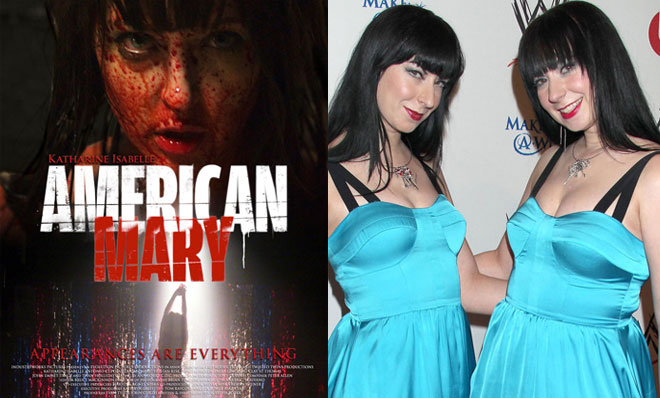
Two of the rising names in the horror genre are Jen and Sylvia Soska — twin sisters from Vancouver who hit the scene with the exploitation film Dead Hooker in a Trunk. American Mary is their second feature, following Ginger Snaps' Katharine Isabelle as Mary Mason, a promising future surgeon sucked into the world of body modifications and underground surgeries after a vicious rape. The Soskas both revel in and flip the usual bawdy horror revenge narrative, intermingling the usual sexual danger with explorations of power and bodily ownership.
The pair's third feature, See No Evil 2, is scheduled to hit theaters in 2014.
8. Near Dark (1987)
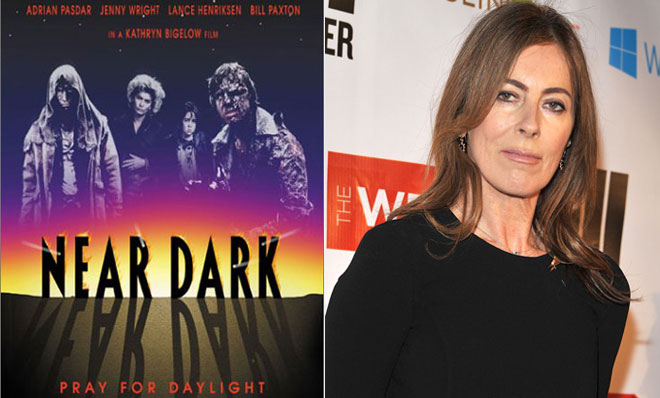
When Kathryn Bigelow made The Hurt Locker, she did more than make history with her Best Director Oscar win; she revived interest in her first solo feature, the 1987 vampire horror film Near Dark. Long before he was Heroes' Nathan Petrelli, Adrian Pasdar starred as Caleb, a small-town man bitten by a sexy drifter. In a Western-meets-vampire landscape, Caleb struggles with his new vampiric ways, acclimatizing to his new brethren while maintaining ties to his old family. Like much of Bigelow's resume, the film is gritty, explosive, and extremely well-shot.
Near Dark earned itself the 34th spot on Rotten Tomatoes' 50 Best Horror Movies.
9. Ravenous (1999)
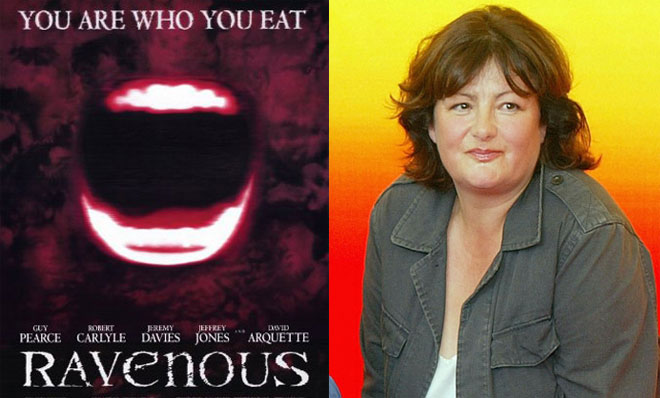
In Ravenous, blood is life, but there are no vampires in sight: After cowardice helps Second Lieutenant Boyd (Guy Pearce) survive a massacre during the Mexican-American War and ultimately capture a Mexican commander, he is exiled to a remote fort, where he faces a life-or-death fight with a cannibal who gains power and heals wounds when he eats human flesh. The ominous Ravenous was inspired by the cannibalistic history of the Donner Party, and saw Antonia Bird grab the reins of the studio-plagued project upon Milcho Manchevski's early exit. Studio issues continued to trouble the production, but after a rocky start, the film has gained cult status. Of Bird's filmmaking, the late Roger Ebert noted: "Ravenous is the kind of movie where you savor the texture of the filmmaking, even when the story strays into shapeless gore."
After Ravenous, Bird returned to television. Her 15-year absence from cinema is slated to end next year with Cross My Mind, an erotic drama starring Kevin McKidd and Olivia Williams.
10. Jennifer's Body (2009)
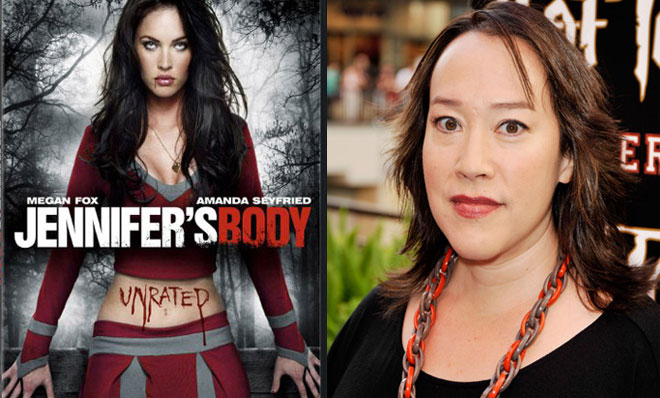
The woman-directed film that may not be a surprise is Karyn Kusama's Jennifer's Body, which was based on Diablo Cody's script. Hot off her success with Juno, Cody teamed with Kusama "to subvert the classic horror model of women being terrorized." Their feminist approach resulted in the story of two friends, Needy and Jennifer, whose bond is tested when the latter becomes part-demon after a botched Satanic sacrifice attempt by creepy rock musicians. It is also, of course, Megan Fox's first starring role.
Kusama's directorial career has had its highs and lows. After the acclaimed sports film Girlfight, she returned with the doomed Aeon Flux. The director is planning to break out of the femme-centric work, however, with her upcoming thriller The Invitation, starring Luke Wilson.
Girls on Film is a weekly column focusing on women and cinema. It can be found at TheWeek.com every Friday morning. And be sure to follow the Girls on Film Twitter feed for additional femme-con.
Monika Bartyzel is a freelance writer and creator of Girls on Film, a weekly look at femme-centric film news and concerns, now appearing at TheWeek.com. Her work has been published on sites including The Atlantic, Movies.com, Moviefone, Collider, and the now-defunct Cinematical, where she was a lead writer and assignment editor.
-
 Political cartoons for December 7
Political cartoons for December 7Cartoons Sunday’s political cartoons include the Trump-tanic, AI Santa, and the search for a moderate Republican
-
 Trump’s poll collapse: can he stop the slide?
Trump’s poll collapse: can he stop the slide?Talking Point President who promised to ease cost-of-living has found that US economic woes can’t be solved ‘via executive fiat’
-
 Sudoku hard: December 7, 2025
Sudoku hard: December 7, 2025The daily hard sudoku puzzle from The Week
